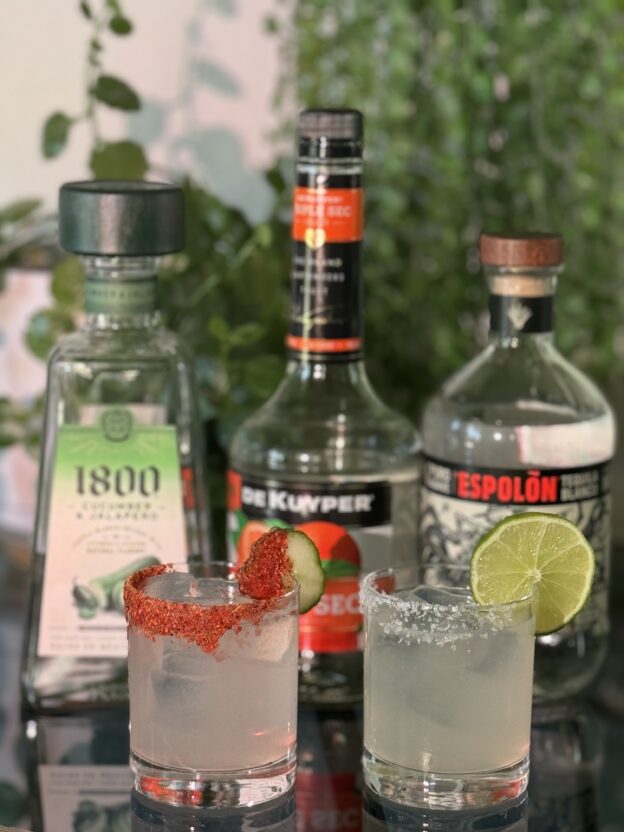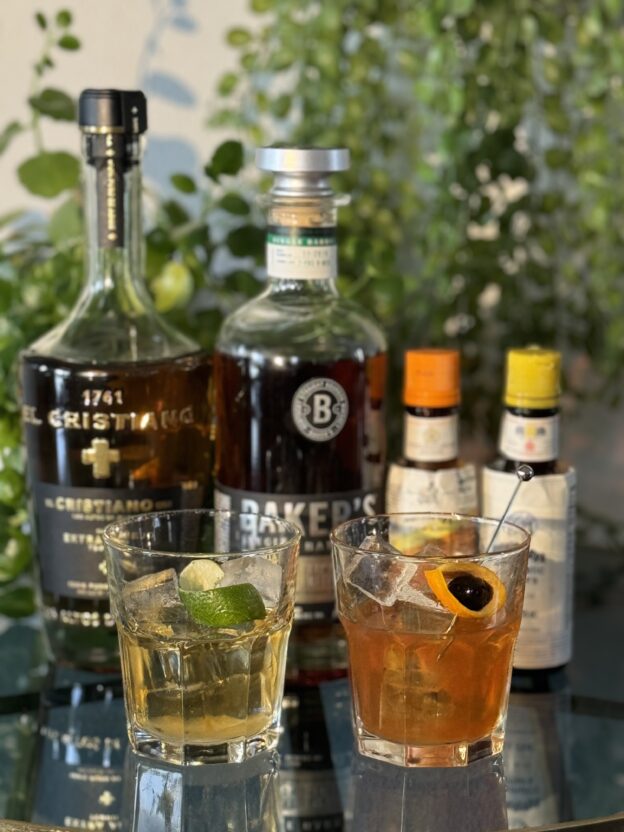Why has the Margarita become one of the most popular cocktails in the world? This delightful concoction, a perfect blend of tequila, lime, and triple sec, carries with it a fascinating history that adds to its allure. Let’s take a journey through time and uncover the origins and evolution of the Margarita.
The Birth of the Margarita can be found in multiple competing stories.
One story dates back to the late 1930s in Mexico. It is said that a socialite named Margarita Sames created the drink at her Acapulco home for her friends. Her friend Tommy Hilton (of the Hilton hotels fame) was so impressed with the cocktail that he added it to the bar menu of his hotel chain, thus popularizing the drink.
Next, the Margarita may have been derived from the daisy cocktail, a popular sour cocktail in the 1930s and 1940s. The name “margarita” may come from the Spanish translation of “daisy”.
Another story claims that a bartender named Danny Negrete in Puebla, Mexico, created the drink in 1936 as a wedding gift for his sister-in-law, Margarita. The recipe called for triple sec, fresh lime juice, and Tequila Blanco over crushed ice.
And yet another story claims that the Margarita was invented in 1941 by bartender Don Carlos Orozco at the Hussong’s Cantina in Ensenada, Mexico. According to this tale, Don Carlos created the cocktail for Margarita Henkel, the daughter of a German ambassador, who was the first person to taste it.
Regardless of its exact birthplace, the Margarita quickly made its way north of the border. By the 1950s, it had become a favorite in Southern California. Hollywood stars, in particular, played a significant role in its rise to fame. The cocktail was a hit at glamorous parties and featured in numerous movies, cementing its status as a symbol of elegance and leisure.
The classic margarita recipe is simple, yet perfectly balanced. Here’s how to make it:
- Rim the edge of a margarita glass with a lime wedge and dip it in salt.
- In a shaker filled with ice, combine 2 oz tequila, 1 oz lime juice, and 1 oz triple sec.
- Shake well and strain the mixture into the prepared glass.
- Garnish with a lime wedge.
Variations
Over the years, the margarita has inspired countless variations. Some of the most popular include:
- Frozen Margarita: Blend the ingredients with ice to create a slushy version, perfect for hot days.
- Fruit Margarita: Add fresh fruits like strawberries, mangoes, or peaches to the mix for a fruity twist.
- Spicy Margarita: Infuse the cocktail with jalapeños or other hot peppers for a kick of heat.
The margarita’s enduring popularity can be attributed to its versatility and refreshing flavor. Whether enjoyed on a sunny beach or at a chic urban bar, the margarita continues to be a favorite choice for cocktail lovers around the world.














